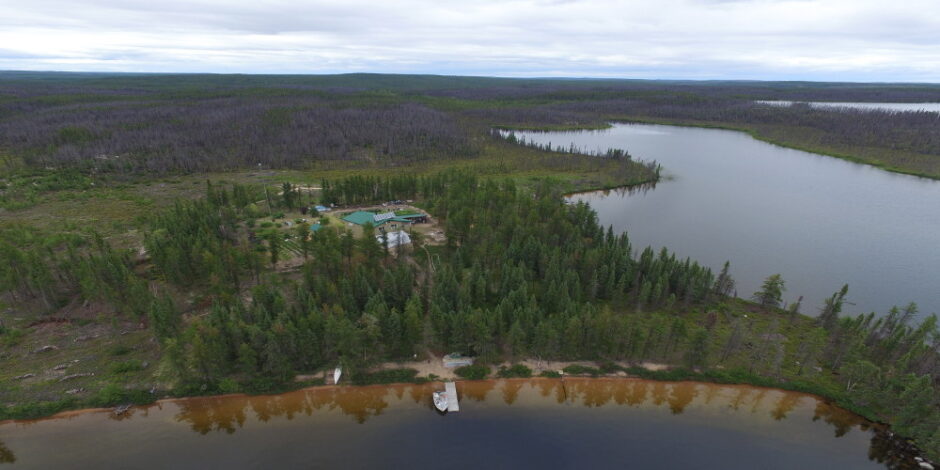In my last post, The Homestead Outhouse, I alluded to the fact that there is an indoor version as well. Composting toilet manufacturers probably wouldn’t be too keen on my characterization, but an outdoors outhouse is essentially a chamber that solids drop into for composting. A commercial composting toilet is essentially the same concept. So let’s chat about the homestead’s indoor outhouse.

Our Off-grid Homestead Bathroom
In Maine, many years ago, we purchased a non-electric composting toilet. Liquids (urine) were supposed to magically evaporate and solids were to turn into a nice crumbly compost. It was a nice idea but it didn’t work. In fact, it was a disaster. I installed it properly including the vent tube through the roof and ultimately installed a small fan hoping to aid the evaporation process. What really happened was a mostly solid mass formed in the rotating drum. This occurred even though we added other organic matter after each use. Because the drum door didn’t close properly sometimes, with each turn of the crank handle, some debris fell from the drum into the collection tray, mixed with the liquid urine and formed a disgusting goo. And guess who had to clean out the mess? It was an expensive fixture that turned out to be essentially unusable and a waste of space.
I would discourage everyone from a non-electric composting toilet. Any composting toilet should be an electric version that has a heater and fan to really heat and dissipate moisture. Even though I put one of those small metal wind driven turbine fans on the stack pipe outside, it didn’t make a difference. Just not enough air flow to draw moisture out of the toilet. Continue reading →
Please follow and like us:














